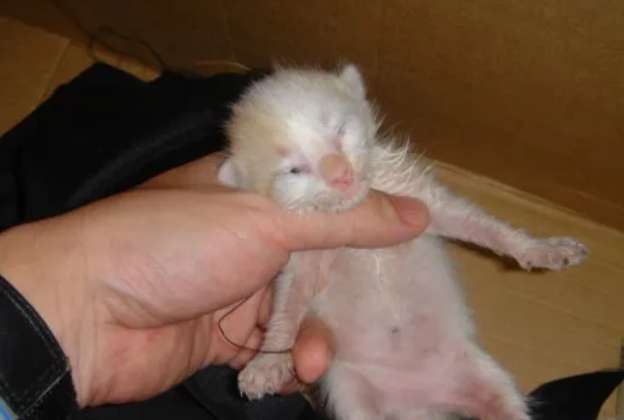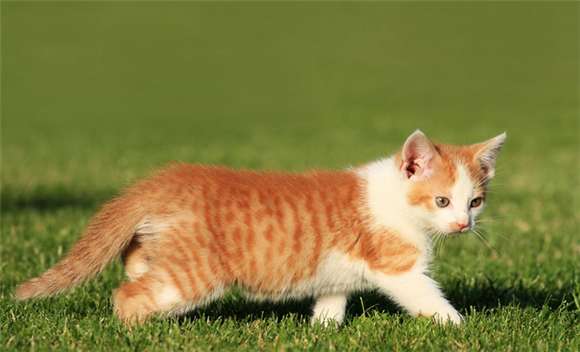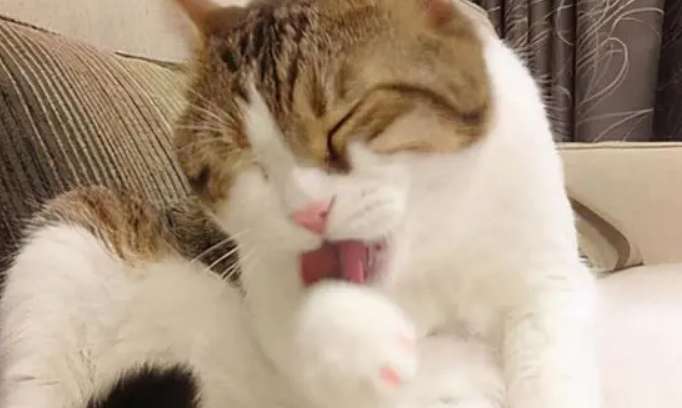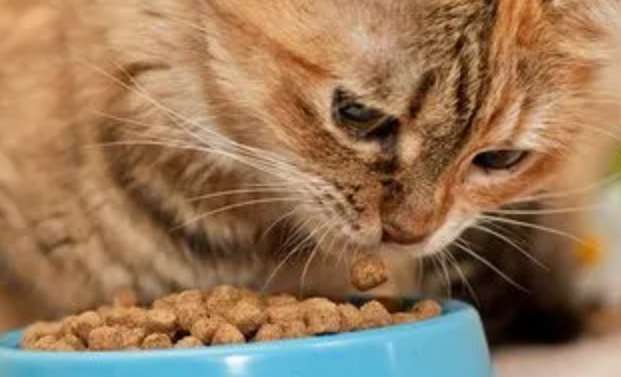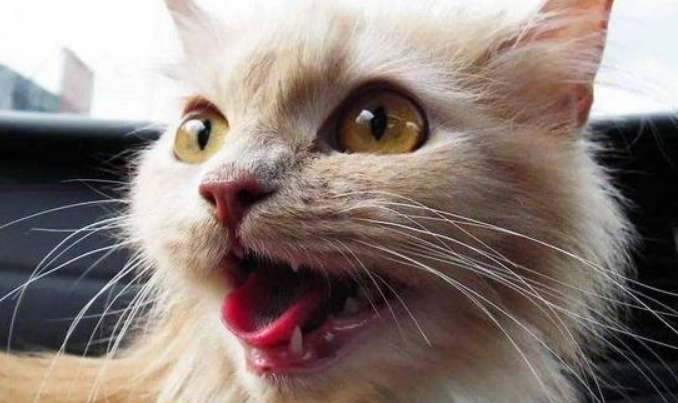As the number of household pet cats continues to increase, sometimes we may face a very difficult problem: What should I do if a female cat that has just given birth has no milk? For this question, we first need to understand some basic knowledge.
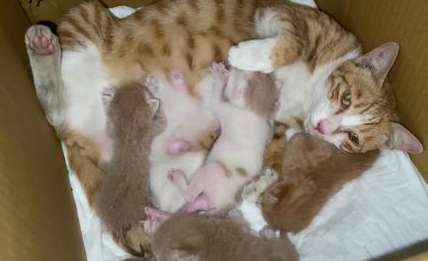
In the first two days after giving birth, the female cat will secrete a substance called The special milk of colostrum is rich in antibodies, nutrients, etc., which can help newborn kittens build their immune system and strengthen their physical fitness. However, sometimes female cats may not be able to produce enough colostrum or even have no milk at all due to some reasons (such as infection, malnutrition, etc.). At this time, we need to take some measures to protect the health of the kittens.
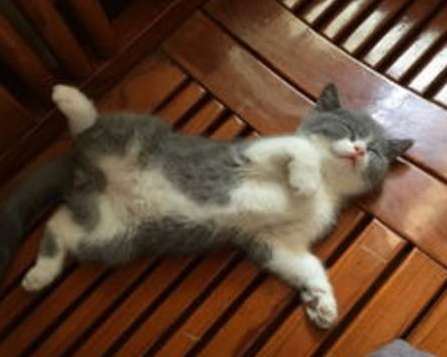
First of all, we need to observe the condition of the kittens in time.
If the kittens have clean eyes, noses, and ears, are full of energy, have a stable body temperature, and have the ability to actively seek out nipples to feed, then they most likely do not need additional feeding. However, if the kittens appear weak, thin, inactive, or unable to find a nipple to feed on their own, then we need to take prompt action.
Secondly, we can try to feed the kitten some cat milk powder. We can choose some high-quality cat milk powder, add water according to the instructions, and then feed the kitten with a liquid bottle (or cotton swab and other tools). When feeding, you should pay attention to the amount and frequency of feeding. It is generally recommended to feed 6-8 times a day. The amount of each feeding should be based on the kitten's weight and appetite. When feeding, we can let the kittens lie on the palm of our hands or on a mat and cover their bodies with a warm towel, which will make the kittens feel comfortable and safe.
Again, we can consider using some auxiliary tools to help kittens eat milk. For example, when kittens are feeding, we can gently massage their abdomen and back to promote digestion and defecation. We can also use a wet towel to help the kittens clean the secretions around their mouth, nose and anus after they finish feeding. These small supplements can help kittens digest and absorb nutrients better.
Finally, we need to pay attention to maintaining proper hygiene. When feeding kittens, we need to use clean, sterilized liquid bottles and nipples to avoid bacterial infection. We also need to regularly replace mats, towels, etc. to keep the environment clean and dry.
In short, it is a very serious matter for a female cat that has just given birth to have no milk. But as long as we stay alert, act promptly, and take appropriate feeding measures, we can help kittens get through this and keep them healthy and strong.
